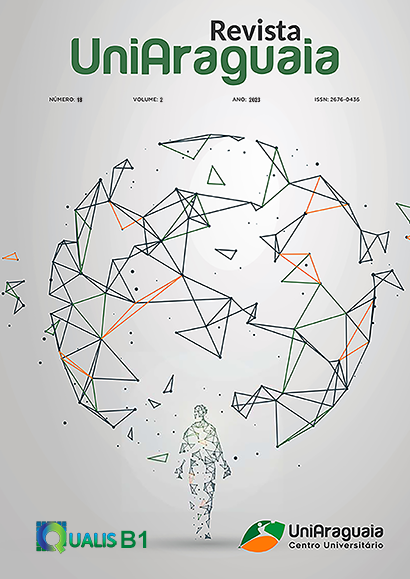NIRS ESTIMATION OF THE NUTRITIVE VALUE OF UROCHLOA sp. (SYN. BRACHIARIA sp.) FORAGES
Keywords:
age, cultivars, crude protein, indigestible neutral detergent fiber, near-infrared spectroscopyAbstract
The pasture-based production system is the most economical for cattle feeding, which is why new cultivars of Urochloa sp. (syn. Brachiaria sp.) are being released in Brazil. However, the method of analyzing the chemical composition of forages in the laboratory is time-consuming and costly. As an alternative, the near-infrared spectroscopy (NIRS) method emerges, which is rapid and non-polluting, as it does not use chemical reagents in the analyses. The aim was to evaluate the nutritive value estimation of Urochloa sp. forages using near-infrared spectroscopy (NIRS). The experimental design was completely randomized with four replications. The treatments were arranged in split-plot arrangement, consisting of eight species/cultivars of Urochloa sp. in the main plot (U. decumbens cv. Basilisk; U. humidicola cv. Tupi, U. brizantha cultivars Piatã, Xaraés, MG-5 Vitória, MG-13 Braúna; U. hibrida cultivars Ipyporã and Mavuno) and four harvesting ages in the subplots (30, 60, 90, and 120 days). The contents of dry matter (DM), crude protein (CP), neutral detergent fiber (NDF), acid detergent fiber (ADF), ash, and indigestible neutral detergent fiber (iNDF) were evaluated. With advancing age, there is an increase in the contents of DM, NDF, ADF, and iNDF, and a reduction in the contents of CP and ash in most evaluated cultivars. The nutritive value worsens with age, recommending grazing of cattle at an age below 60 days for most cultivars. The Ipyporã grass, an interspecific hybrid of U. ruziziensis and U. brizantha, presents good nutritive value as it advances in age, making it an option for diversification and deferred grazing. The NIRS estimates are excellent (R2cv > 0.95) for CP and ash, demonstrating the potential of this technology for rapid analysis of the nutritive value of Urochloa sp. forages and offering a fast and cost-effective service to ranchers.
Downloads
Published
Issue
Section
License
The copyright of the published articles will be transferred to the Uniaaraguaia Magazine, allowing its subsequent reproduction as transcription and with due citation of source. In the event of acceptance and before the publication of the article, the plaintiff (s) shall write a statement formally transferring copyright to the magazine.
The author may also print and distribute copies of his article, provided that he mentions that the rights belong to the Uniaaraguaia Magazine.
Author rights include the right to reproduce in full or partly by any means, distribute this article, including figures and photographs.
By submitting originals to the Uniaaraguaia magazine, the author or authors express agreement with the following terms:
a) Authors maintain copyright and grant Uniaraguaia magazine the right of first publication, with the work simultaneously licensed under the Creative Commons Attribution license that allows the sharing of work with recognition of the authorship and initial publication in this magazine.
b) Authors are authorized to assume additional contracts separately, for non-expiration distribution of the work version published in this magazine (eg publish in institutional repository or as book chapter), with recognition of authorship and initial publication in this journal.
c) Authors are allowed and are encouraged to publish and distribute their work online (eg in institutional repositories or on their personal page) to any point before or during the editorial process, as this can generate productive changes as well as increase the impact and citation of published work.

